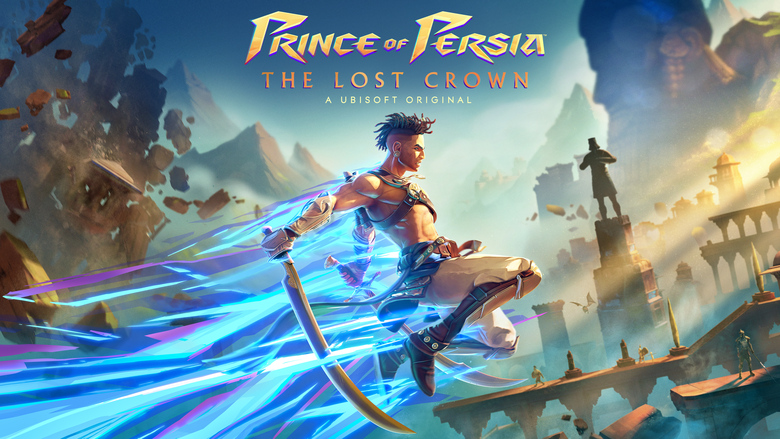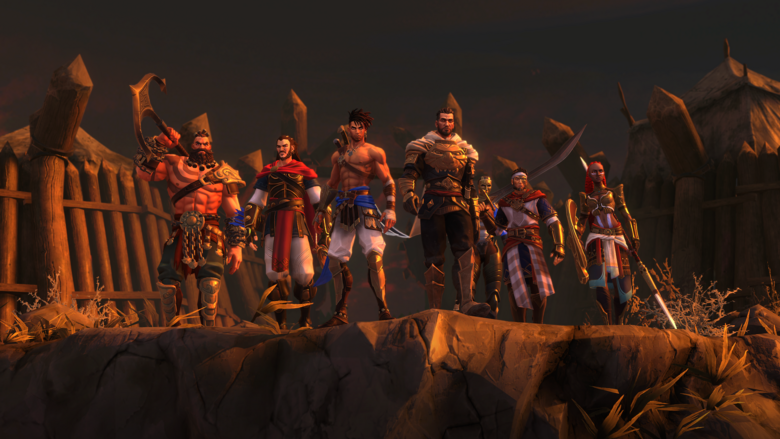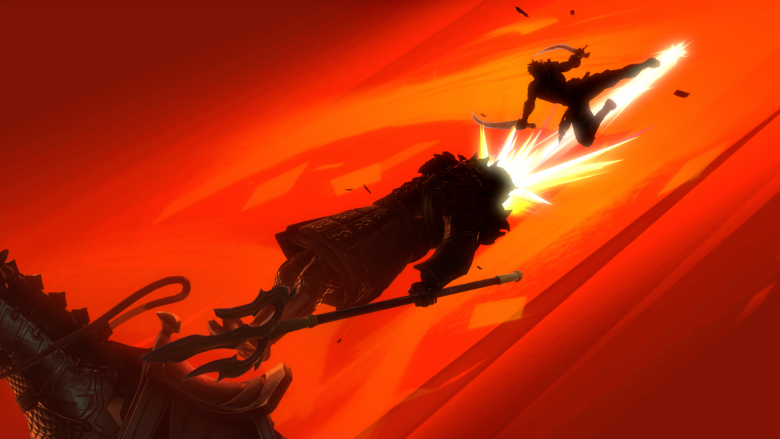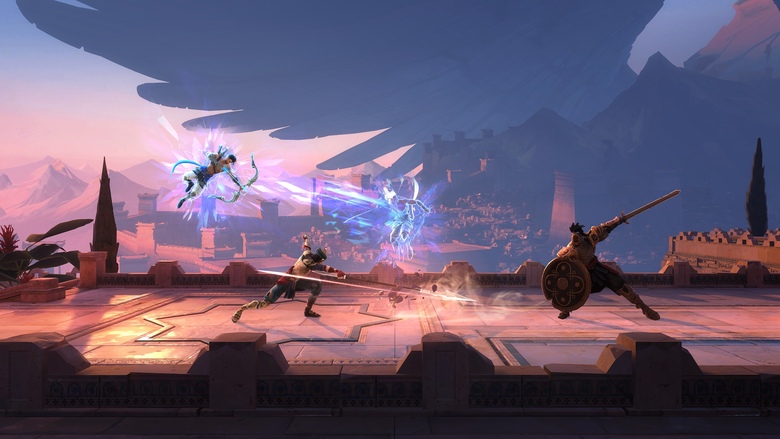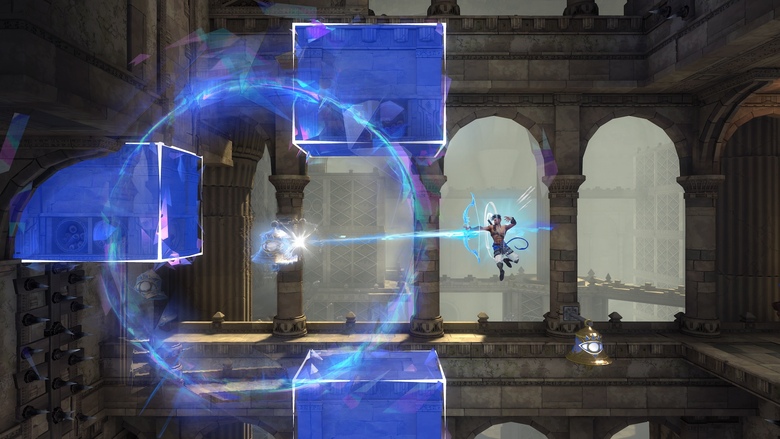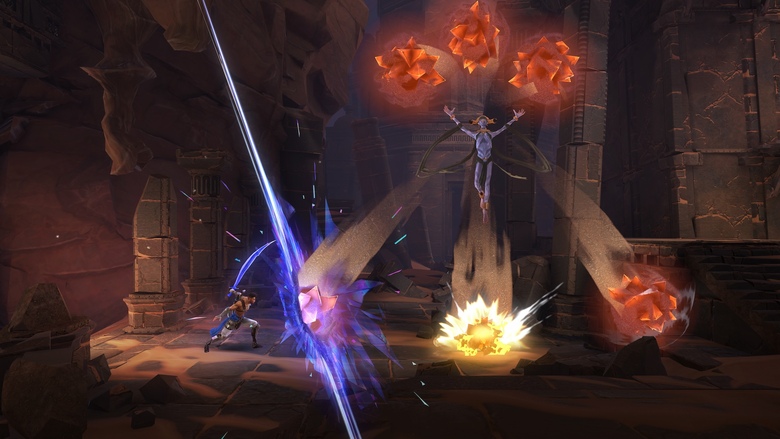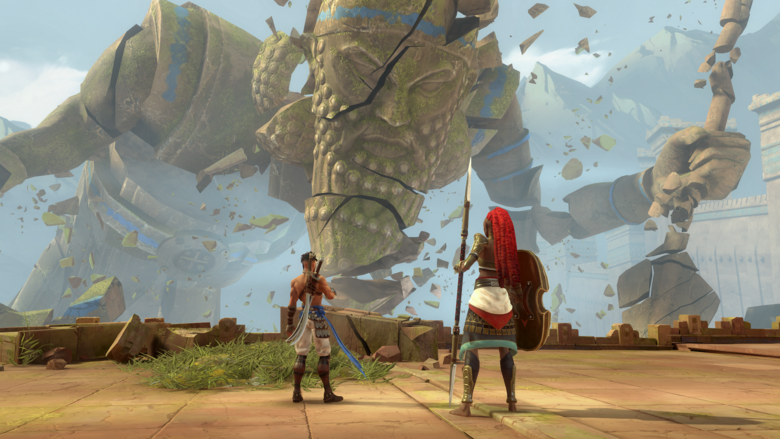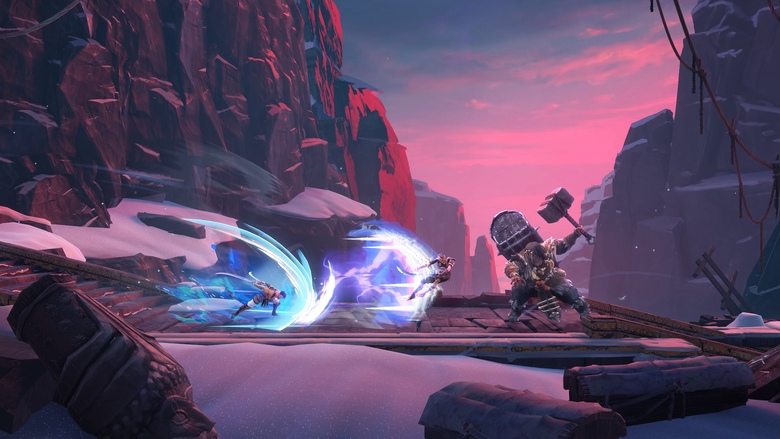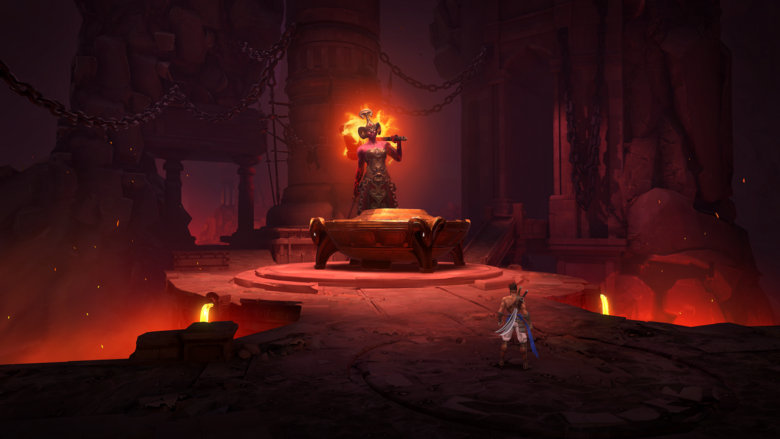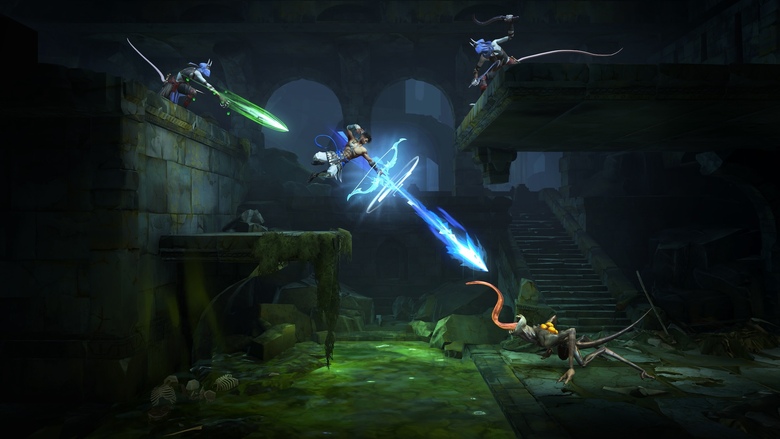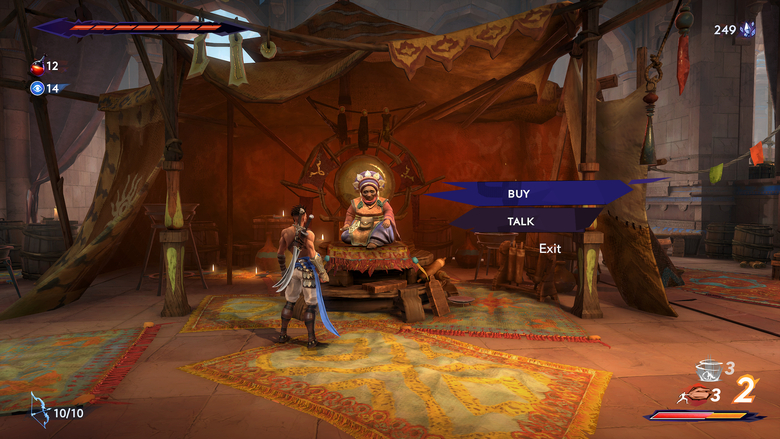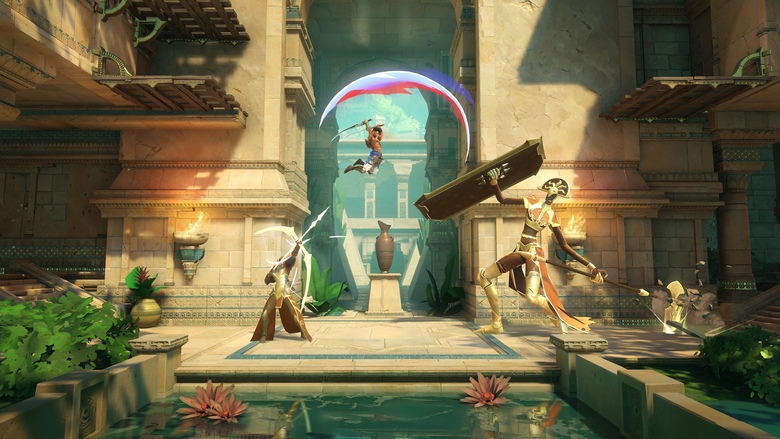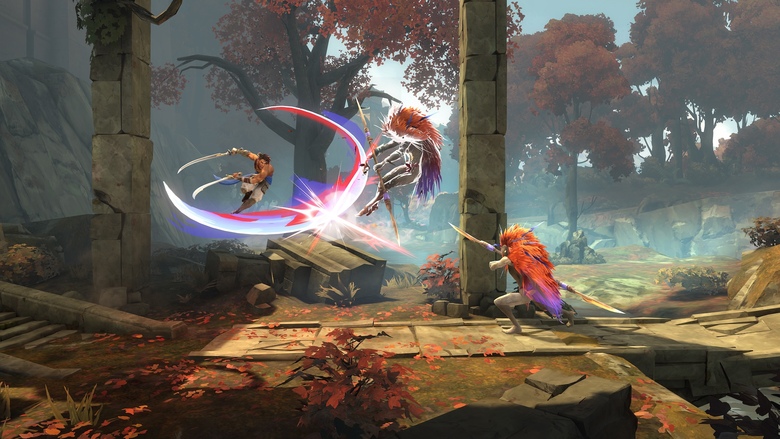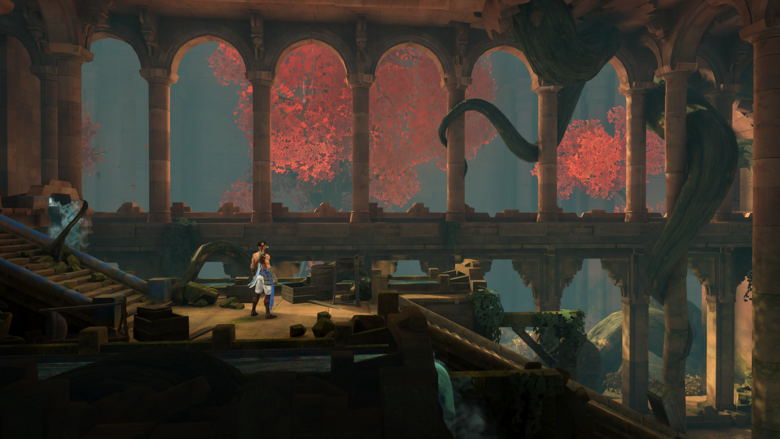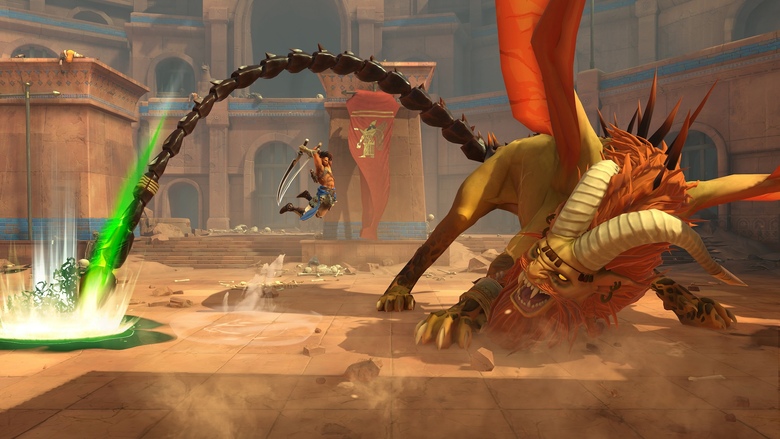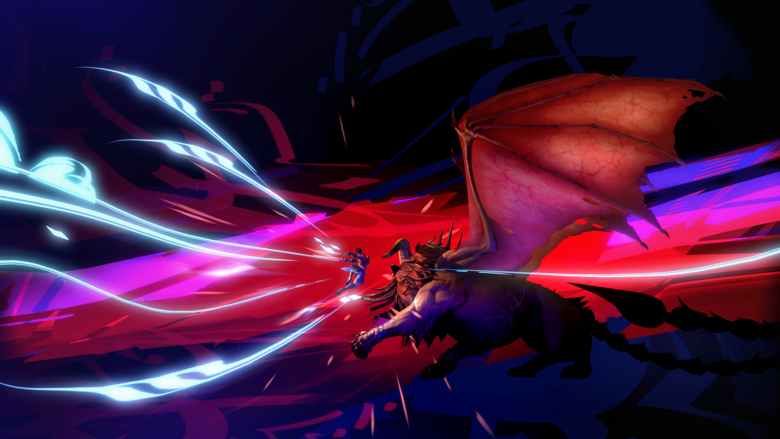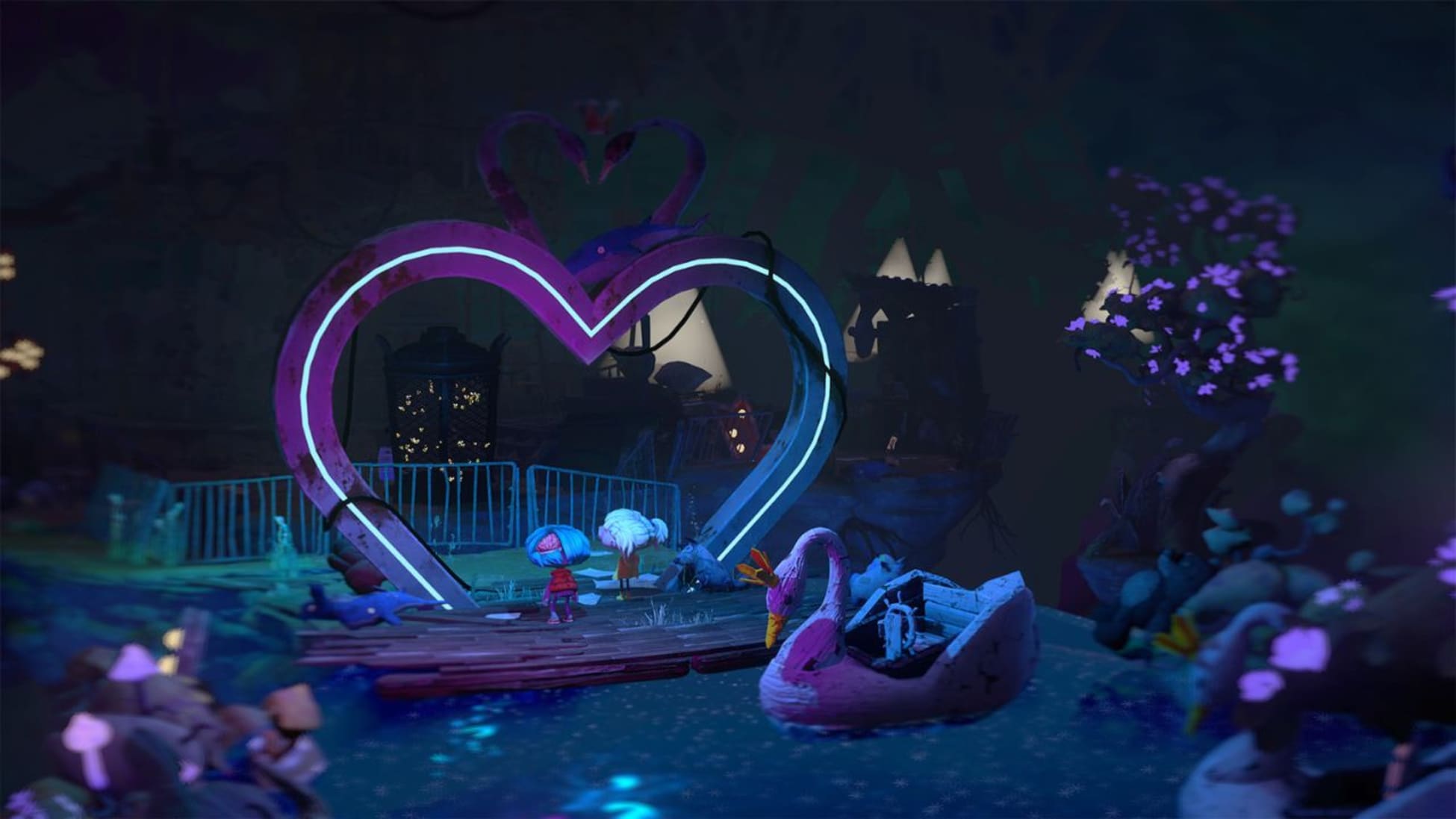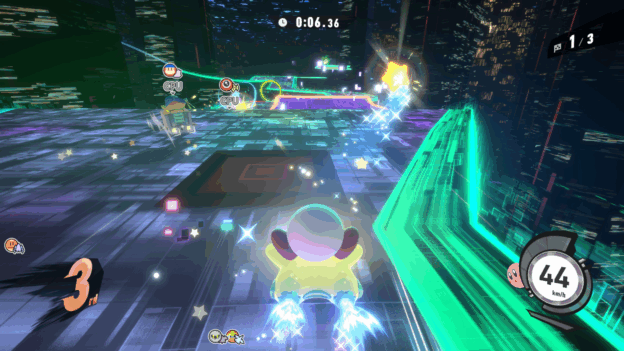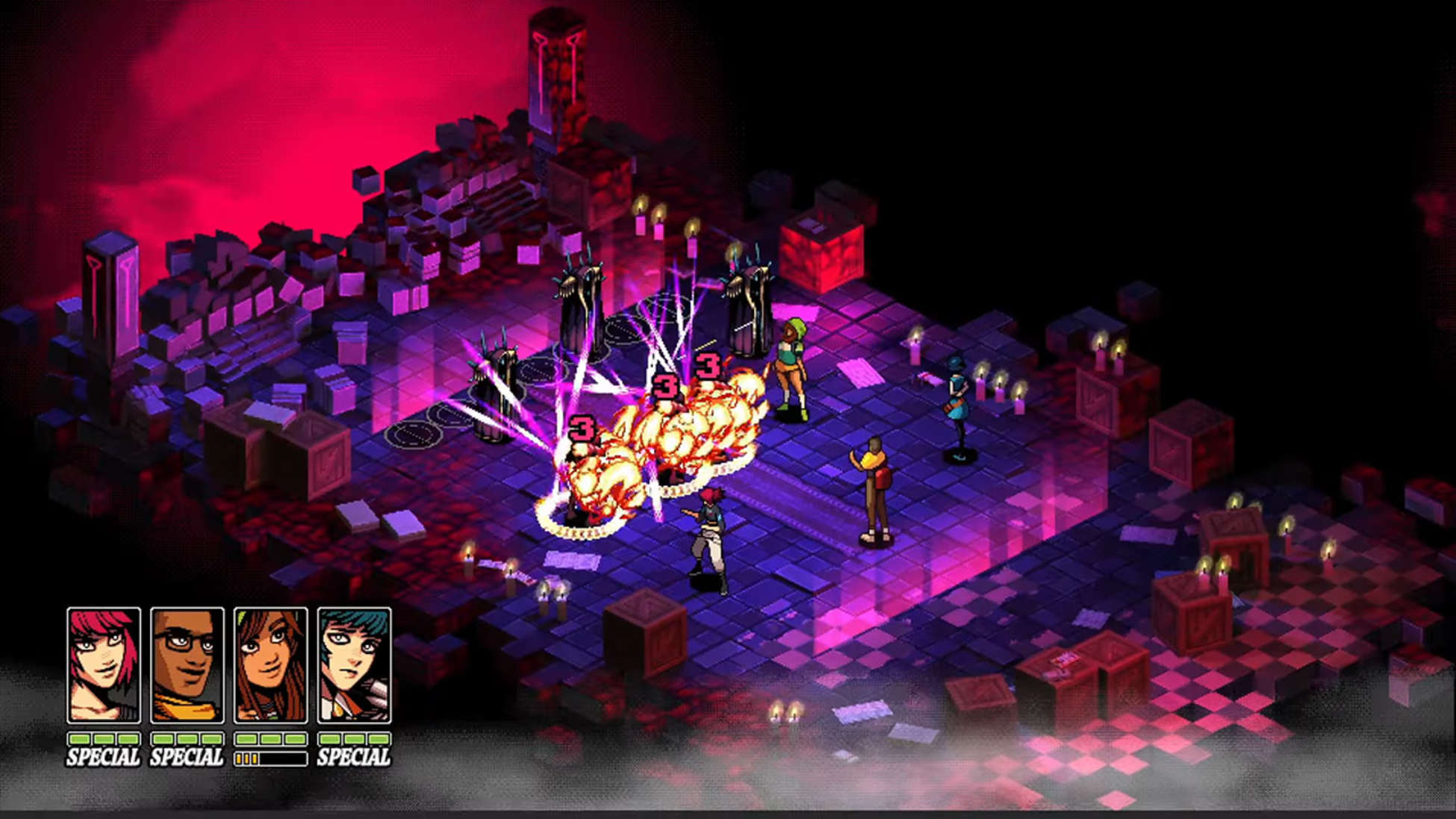REVIEW: Prince of Persia: The Lost Crown is a Time-bending Wonder
I wasn’t much of a Prince of Persia kid. The most exposure I had was playing the aptly titled Prince of Persia reboot back in 2008 on the Xbox 360, which was a departure from the previous Sands of Time Trilogy in both visual presentation and gameplay mechanics. I loved that game dearly, but it never got a proper console sequel, and the fabled Sands of Time remake has yet to emerge, so imagine my shock when Ubisoft unveiled Prince of Persia: The Lost Crown at Summer Game Fest 2023. Not only was this the first Prince of Persia game to hit consoles since the Sands of Time Trilogy in 2010, the series was going back to its roots as a side-scrolling platformer – only this time with a Metroidvania twist. Initial reactions were somewhat lukewarm, with most critics citing the seemingly underwhelming graphics and the obvious Metroid Dread inspiration, but the final game has been polished up beautifully, resulting in one of the best Metroidvania games I’ve ever experienced.
Behold… The Immortals!
The Lost Crown opens by dropping you into the middle of an epic battle, which serves as a frenetic tutorial on all the basic gameplay mechanics. You even encounter your first boss fight within the first 15 minutes, which sets the tone for the entire game. From start to finish, The Lost Crown is designed to make the player feel like a seasoned warrior; the controls are fluid, the combat is addictive, and the enemy designs are as varied as the areas you encounter throughout the game. The cutscenes are also quite involved, with excellent voice acting and anime-style action choreography that provide real weight to the story.
The visual flair found here is next-level.
To briefly explain the plot without major spoilers: you play as Sargon, the newest member of a warrior clan known as The Immortals, who is on a mission with his brethren to save the abducted Prince of Persia. The chase leads them to the sacred Mount Qaf, which for unknown reasons is locked in a time loop. This time mechanic leads to all sorts of twists and turns in the game’s narrative, but it also opens up some really inventive gameplay mechanics as you unlock various time-and-space-based abilities (like switching dimensions, rewinding time, and teleportation). This is also how the game cleverly explains away character deaths – each time you die, you’re just restarting another loop!
In terms of performance, I’ve seen it said that the developers designed The Lost Crown for Switch first and then upgraded the visuals for the other systems, and I can honestly believe that. Looking at direct comparison videos shows that the biggest deviations between the Switch version and the others seem to be the texture quality, image resolution, and framerate in cutscenes. Otherwise, Prince of Persia: The Lost Crown looks and plays gorgeously on the Switch.
Time is broken, and it’s up to you to fix it.
While I don’t have a rig to measure exact framerate performance, the gameplay itself ran at a smooth 60fps for most environments and combat scenarios, even while playing in handheld mode on the Switch (which was my method of choice). The only time it really started to hiccup and drop was in the cutscenes, which could get a pretty choppy if there was a lot going on. I also experienced a couple of crashes in the latter third of the game that forced me to replay small sections. Outside of those problems, though, I had no other issues with gameplay performance.
Hack and slash like there’s no tomorrow.
Digging into the actual game mechanics, there’s a lot more to The Lost Crown’s combat than a simple arm cannon or basic sword. Sargon wields two swords, and later receives an enchanted bow, all of which can be upgraded. Combat consists of a standard three-strike combo system, a block and parry mechanic, and magical “Athra Surge” attacks that get charged up during combat. As you unlock new abilities (like air-dashing or double jumping), you can chain several attacks together in dynamic ways to create your own signature fighting style beyond the standard 1-2-3 combos. It reminded me of Katana Zero at times, with how fast and fluid the strikes are, and the Athra Surge attacks are delivered with some absolutely sick animations.
The Forge let’s you improve your weapons and upgrade your amulets.
That said, if you find the battles too challenging or confusion, there’s an interactive training ground that’s found in the game’s main hub area, where you can learn and practice the different elements of combat – which has a surprising amount of depth. This extra tutorial section is totally optional, but you are rewarded with in-game currency and collectible artifacts for each tutorial you cross off the list, making it actually worth your time. It’s also a great way to practice using your new abilities and hone your skills before embarking on another leg of your adventure. No matter how good you think you are, there’s always room to improve (especially when you find yourself surrounded by enemies with no escape).
It’s important to watch your back in the sewers.
And if you’re still struggling despite all of that, The Lost Crown has some excellent accessibility options to adjust the difficulty levels to something more manageable and enjoyable for you. There’s the standard Easy Mode, but you can fine tune different metrics like incoming enemy damage or environmental damage, enemy health, adjusting dodge and parry windows – the list goes on. It’s clear that Ubisoft Montpellier designed a game that would allow the widest possible audience to play, rather than a grueling experience that only the hardest of core players would enjoy, and I think that’s something to be applauded.
Can she interest you in her wares?
In addition to the complex combat system, The Lost Crown features a fairly robust collection of amulets that you can find to equip and enhance Sargon’s abilities. One will give you temporary hit points each time you rest at a checkpoint, another will magnetically attract the in-game currency to Sargon after you defeat an enemy so you don’t have to run over and pick it up. Other amulets can also give you resistances to different kinds of elemental damage, or boost your defense and attack power. However, the challenge here is that you only have so many amulet holders for these extra perks, and some amulets can take up to three holders to wear. Thankfully, you can find additional amulet holders as you traverse Mount Qaf, but you will always have more amulets than holders, so it’s important to think about what kind of setup you might need for the challenges ahead.
Gotta get some reps in every day to maintain those gains!
Beyond the combat, The Lost Crown’s biggest strength is the platforming and environmental puzzles. Each area of the game is wholly unique in their design – from the cursed Hyracanian Forest to the mysterious Sacred Archives – and most will introduce a new mechanic that impacts how you navigate their sections. For instance, the Sacred Archive features staircases that change direction when Sargon turns right or left. Another area (the name of which I won’t spoil) contains massive sandfalls that slow your descent when you enter them, and they also act as perpetual surfaces, allowing you to stack your jumps and reach higher platforms. There’s also a plethora of spike trap sections, similar to those found in Hollow Knight, and all sorts of switch-activated puzzles that really force you to think outside of the box.
It’s all about the timing.
In classic Metroidvania fashion, you’ll run into sections and areas that Sargon is not currently equipped to enter. You might not have the right tools or abilities to progress further, but The Lost Crown does a good job of anticipating where you want (or need) to go. Personally, when playing Metroidvanias, I often find myself wanting to go against the grain of the game’s level design and backtrack when I know I’m probably supposed to keep going in one direction. Instead of following that rebel instinct in The Lost Crown (and getting lost myself), I pushed forward and eventually hit a main quest point, unlocked a new ability, and then ran into a fast travel point that took me to where I wanted to backtrack in the first place – only now with the ability I would have needed to get through the next area. This intuitive game design feels so natural and effortless, but I cannot imagine the work that went into refining it.
You’ll need the double jump ability to enter (and survive) the Upper City.
That’s not to say The Lost Crown holds your hand, though; it very much does not, and I got lost more times than I can count – but that’s part of the fun with this type of game. The exploration and discovery present in Prince of Persia: The Lost Crown is simply wonderful, and you’re often rewarded with hidden chests and artifacts you never would have found if you didn’t go off the beaten path. Many of these collectibles also add to the world-building of Mount Qaf, teaching you more about the area’s history and the people who lived there in a way that’s reminiscent of Metroid Prime’s log book entries. You never feel like you’re wasting time in The Lost Crown, a feat for which I must commend the developers.
The Hyracanian Forest can be quite deadly.
But, when you do get lost – and I mean really lost – you can always head back over to the main hub area and purchase a hint from a character who will give you a vague suggestion on what she thinks you should do next. This same character is found throughout the game’s world and will sell you a map of the area you’re in, so you can trust she knows her stuff. My only real complaint with the traversal in The Lost Crown is that you cannot automatically teleport to a fast travel point, like you can in Ori and the Will of the Wisps; you can only teleport from one fast travel point to another. It’s not really an issue in the first half of the game, but as I felt the story come to a close and I wanted to wrap up some loose ends, I had to do way more walking than I would have liked.
The architecture can be breathtaking at times.
Speaking of the Ori games, I didn’t realize Gareth Coker co-composed The Lost Crown’s score with the Iranian-born Mentrix (aka Samar Rad). The duo did an amazing job breathing life into this latest Prince of Persia title with their music. Coker knocks it out of the park as he always does, and I really appreciated the authenticity Mentrix brings to the game by utilizing traditional Iranian instruments and vocals. Their combined score truly elevates Prince of Persia: The Lost Crown above many other platformers, by adding a real sense of atmosphere and scale to the environments and enemy encounters – especially the boss battles, which are some of the most fun parts of the game.
Each boss fight is singularly unique, never a repeat, increasingly challenging, and infinitely satisfying. Many of them even have multiple phases, forcing you to stay on your toes and really put those combat skills to the test. But, if you do fall in a boss battle, the game gives you the option to try again right there, so you don’t have to respawn at the last save point and trudge back across the map to try again. It’s a small quality of life improvement, but very much a welcome one!
Not today, Mister Manticore…
Another innovative feature is the ability to take an in-game screenshot and attach it to your map that you can reference later, rather than using a generic icon. For example, if there’s a ledge you can’t reach, or a door you can’t open, just take a screenshot and leave until you’re ready to come back. It’s the perfect way to mark a spot that you need to return to without needing to remember exactly why – the evidence is right there in front of you! I never would have thought to implement such a feature into a game, but now I need every game to have something similar because my memory just isn’t what it used to be.
I SAID NOT TODAY, SIR!!!
There’s really not much more I can say about Prince of Persia: The Lost Crown. If anything, I wish it wasn’t already over! The attention and care that went into crafting it is evident in every facet of its design, and I honestly could not put it down. I finished the game in about 20 hours with an 87% completion rate, and I’ll probably hop back in at some point to finish the remaining side quests, but I really just want more from this series. I hope we see a sequel in the near future – the ending certainly teases as much – but even if we don’t, the story ties itself up nicely by the time credits roll.
Prince of Persia: The Lost Crown really has everything going for it: an engaging story, fleshed out characters, awesome combat, beautiful music, and satisfying puzzle platforming. If you’re even remotely a fan of Metroidvania games, or simply enjoy side-scrolling action games, Prince of Persia: The Lost Crown is a title you won’t want to miss.

